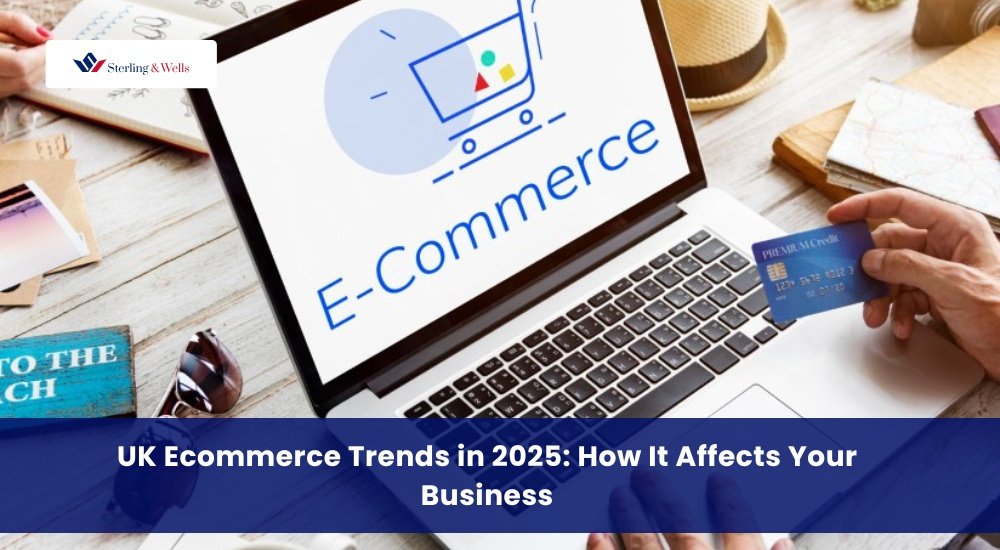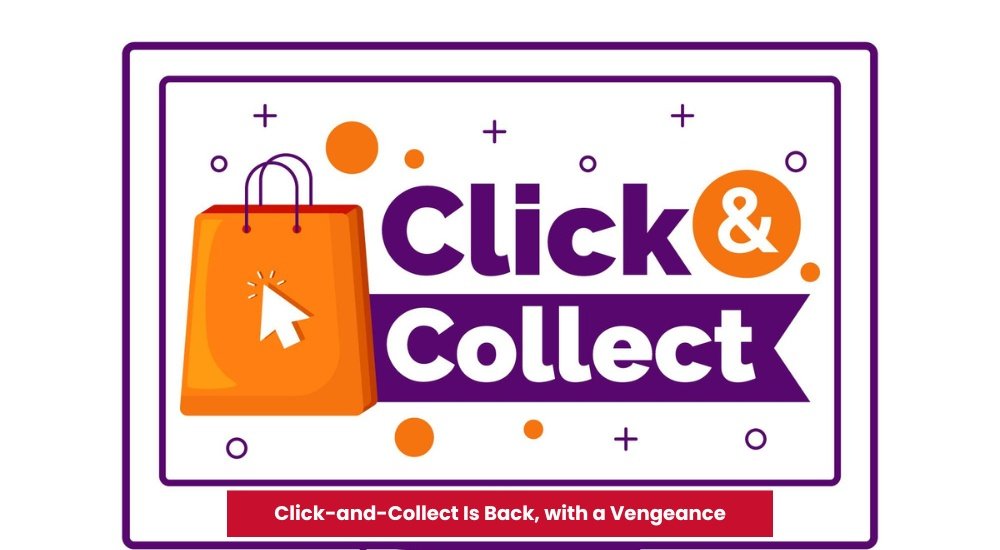UK Ecommerce Trends in 2025: How It Affects Your Business

By now, it’s clear: shopping will never be the same again. The world has moved online and it’s not going back. In the UK, the e-commerce boom that was supercharged by the pandemic is not slowing down in 2025. But this time, it’s not about panic-buying pasta or chasing discounts on gadgets. It’s about smarter shoppers, sharper competition, and a whole new set of expectations.
For small business owners, digital entrepreneurs, and even brick-and-mortar veterans looking to stay in the game, this moment feels both exciting and overwhelming. But one thing is certain: understanding where e-commerce is heading isn’t optional anymore. It’s survival.
E-commerce is Maturing and Getting Personal
In 2025, e-commerce in the UK isn’t growing for the sake of growth. It’s evolving.
The days of “add to cart, hope for the best” are fading. Today’s customers expect tailored experiences. They want product suggestions that make sense, brands that speak to their values, and checkouts that feel as smooth as sending a text.
Personalisation is no longer a nice-to-have. It’s the new battleground.
Retailers using AI and behavioural data to tailor product recommendations and content are seeing higher conversion rates and better loyalty. Think Spotify Wrapped, but for skincare or homeware. Platforms like Shopify and BigCommerce have leaned into this trend, offering more plug-and-play tools that let even small stores personalise the customer journey.
For businesses, this means investing in tools that understand your customers—not just how old they are or where they live, but how they browse, what they hesitate on, and what brings them back.
Social Commerce Is No Longer a Gimmick
Remember when shopping on Instagram felt like clicking through a magazine ad? Now, it’s practically the norm.
In 2025, social commerce—buying directly through platforms like TikTok Shop, Instagram Checkout, and even WhatsApp—has gone from trend to staple. For UK consumers under 35, social platforms are no longer just for inspiration. They’re full-blown marketplaces.
This shift has lowered the barriers for new brands to launch and grow. A great TikTok video can do what a year’s worth of SEO used to. But it also means competition is louder—and faster. Trends burn hot and fast. Algorithms are fickle. Virality is unpredictable.
For businesses, the lesson is clear: don’t just “have a presence.” Show up with intent. Lean into short-form video. Partner with micro-influencers. Make your checkout frictionless. And if your product isn’t ready to shine on camera? Reconsider your packaging and presentation.
Click-and-Collect Is Back, with a Vengeance
After a few years of doorstep deliveries dominating, in-store pickup is making a big comeback in the UK—especially in urban centres.
But this isn’t your old-school click-and-collect. In 2025, it’s smart, fast, and integrated. Retailers are turning their shops into micro-fulfilment centres. Consumers expect same-day or next-day pickup, with real-time updates and hassle-free returns.

This hybrid model is a win-win: customers skip delivery fees, while businesses save on shipping costs and drive foot traffic. For small and mid-sized retailers with a physical presence, this is an edge worth using. If you can make in-person pickups smooth and even enjoyable—think branded packaging, samples, or QR-based loyalty rewards—you’re not just selling a product, you’re creating an experience.
Sustainability Is No Longer Optional
Eco-consciousness is no longer limited to niche markets. In 2025, UK shoppers are looking beyond price and speed. They’re asking: Was this made ethically? Is the packaging recyclable? Will it arrive in five boxes for no reason?
Retailers that ignore these questions risk alienating a growing chunk of the market.
From carbon-neutral shipping to reusable packaging schemes, sustainable logistics are a serious differentiator. Some brands now let customers choose slower, greener shipping options with rewards attached—an idea that felt laughable in the Prime era, but is gaining traction.
This isn’t about greenwashing. Transparency matters. Businesses need to back up claims with real data—whether that’s showing supply chain maps, carbon offset partnerships, or clearly stating where materials come from.
If you’re a business owner, now is the time to audit your operations and ask: where can we cut waste, reduce emissions, and tell a better story?
Mobile First? Try Mobile Only
In 2025, more than 75% of e-commerce purchases in the UK are made on mobile devices. Not tablets. Phones.
That means your website, marketing, and even customer support need to be built with a smartphone user in mind. Not retrofitted—designed.
Slow mobile load times, clunky menus, or hard-to-read product pages are deal-breakers. And forget email-only updates. Think push notifications, in-app messages, and instant chat support.
For many brands, it’s worth investing in a lightweight, app-like shopping experience. Progressive web apps (PWAs) are bridging the gap, giving users the speed and simplicity of an app without the download.
In short: if your mobile experience is bad, your business might not survive.
The Checkout Is the Final Battlefield
Cart abandonment is still the monster under the bed—and in 2025, it hasn’t gone away. But we know why it happens now.
Slow checkout? People bounce. Too many steps? They give up. Limited payment options? Lost sale.
The UK consumer expects multiple payment options—credit cards, PayPal, Apple Pay, Klarna, even crypto in some circles. One-click checkout isn’t a luxury anymore; it’s baseline.
And don’t forget subscriptions. Whether it’s refills of coffee beans or curated book boxes, the subscription model is gaining steam again—but only when it’s easy to pause or cancel. Flexibility builds trust. And trust drives loyalty.
What This Means for Your Business
Whether you’re running a family bakery, a niche fashion label, or a home fitness brand, 2025’s e-commerce trends boil down to one message: customers want control.
They want personalisation without feeling stalked. Fast service without killing the planet. Smart design without being overwhelmed. Community without the noise.
You don’t have to be Amazon. In fact, you shouldn’t try. The winners this year are those who feel human, who speak clearly, ship efficiently, and offer real value.
If your business can keep up—not by copying, but by connecting—2025 could be a breakout year.
If not? Well, the web won’t wait.
Sterling & Wells
We are Sterling & Wells — a UK-based team of accountants and tax advisors helping individuals and businesses stay fully HMRC compliant. From VAT and bookkeeping to self-assessments and tax planning, we’ve got your finances covered.